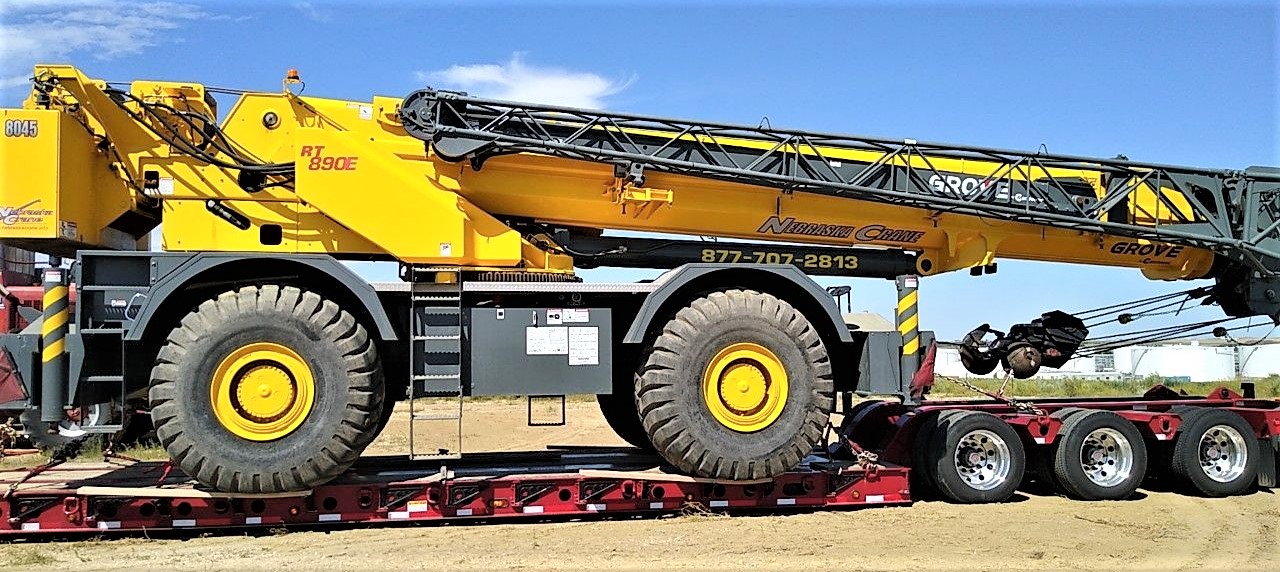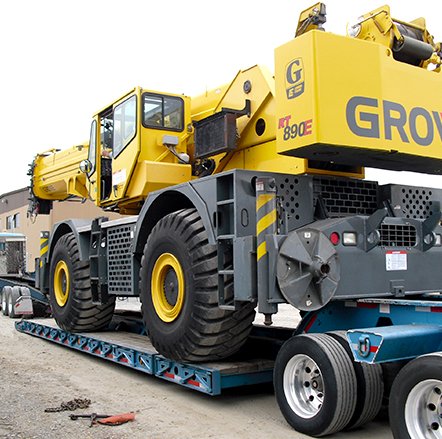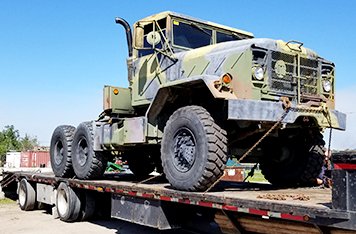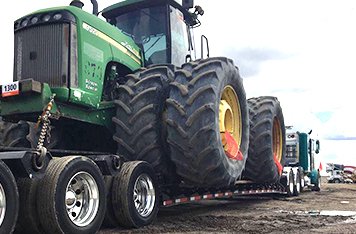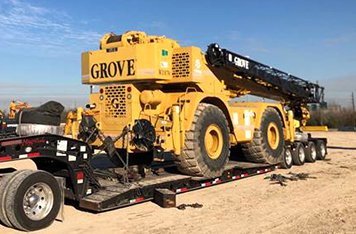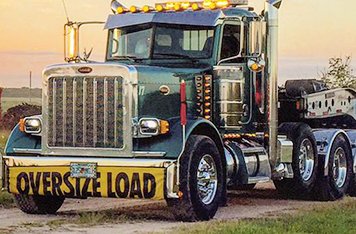Major Highways
Truckers transporting a haul from Utah to Nevada can choose from a variety of highways. The I-15 corridor is the most common route, running from St. George in the south to Salt Lake City in the north. From there, the I-80 corridor runs from Salt Lake City to Wendover in the west. Another option is the I-70 corridor, which runs from Grand Junction, Colorado to Cove Fort, Utah. Finally, the I-84 corridor runs from Idaho Falls, Idaho to Salt Lake City.No matter which route is chosen, truckers must take special care to ensure the safety and security of their loads. In addition to obeying all traffic laws, they must adhere to the weight restrictions posted on each highway. All highways have a posted weight limit, and truckers must make sure they stay within that limit.
Unique Challenges
When transporting a haul from Utah to Nevada, truckers may face a variety of unique challenges. These challenges can range from difficult terrain to hazardous weather conditions. In mountainous regions, truckers must be especially aware of sharp turns and low hanging branches. In desert regions, they must be prepared for extreme heat and strong winds.In addition, truckers must also be aware of wildlife crossings. This is especially important in rural areas, where animals may suddenly dart in front of the truck. Truckers must be prepared to slow down or stop if necessary to avoid a collision. Finally, truckers must be aware of the various laws and regulations governing the transportation of heavy loads in each state.
Weather Conditions
When transporting a haul from Utah to Nevada, truckers must be prepared for a variety of weather conditions. In the winter months, snow and ice can make roads slippery and dangerous. In the summer months, high temperatures can cause fatigue and stress. In both cases, truckers must take special care to ensure the safety and security of their loads.Truckers should also be aware of the various weather conditions that can be encountered in the various regions. In the mountains, wind and hail can cause additional problems. In the desert, sudden downpours can create flash flooding. In all cases, truckers must be prepared to adjust their speed and route in order to safely transport their loads.
Special Considerations
When transporting a haul from Utah to Nevada, truckers must also take into account a variety of special considerations. First, they must make sure they have all the necessary permits and documents for each state. This includes permits for the types of goods being transported, as well as any special permits for oversized loads.In addition, truckers must also be aware of any applicable tolls or fees. Some states require fees for certain types of loads, such as hazardous materials or oversized loads. Finally, truckers must make sure they are aware of any restrictions on the types of vehicles that can be used for certain loads. For example, some states may restrict the use of double-trailer trucks on certain highways.
Heavy haul trucking is an essential part of the transportation industry. From Utah to Nevada, truckers must be prepared to face a variety of unique challenges and weather conditions. By understanding the major highways, unique challenges, weather conditions, and special considerations involved in transporting a haul from Utah to Nevada, truckers can ensure the safety and security of their loads.